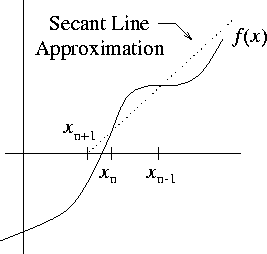GLOSSARY
Accuracy: truthfulness and certainly of a value.
Approximation: Estimation or inexact representation of a value. An approximation is a quantity that represents a desider value.
Analytical solution: Mathematical exppression that represent a system. Gives a real result.
Gauss: Carl Friedrich Gauss. (1777-1885) German scientist and mathematician. He studied numerical methods, statistics, geometry, physics, astronomy, optics, and others.
Gauss: Carl Friedrich Gauss. (1777-1885) German scientist and mathematician. He studied numerical methods, statistics, geometry, physics, astronomy, optics, and others.
Mathematical Model: formulation that expresses a physical phenomena or system in mathematical terms.
Method:technic for doing something.
Numerical method: “techniques by which mathematical problems are formulated so that they can be solved with arithmetic operations.” Steven Chapra
Numerical solution: Approximation to the result of a system.
Parameters: compounds of a model.
Significant digits: digit(s) that gives confidence to a number.
Total numerical error: is the summation of the truncation and round-off error.
Truncation error: “is the discrepancy introduced but the fact that numerical methods may employ approximations to represent exact mathematical operations and quantities” Steven Chapra
Vector: Vertical arrengement of numbers. It represents a serie of values.




































